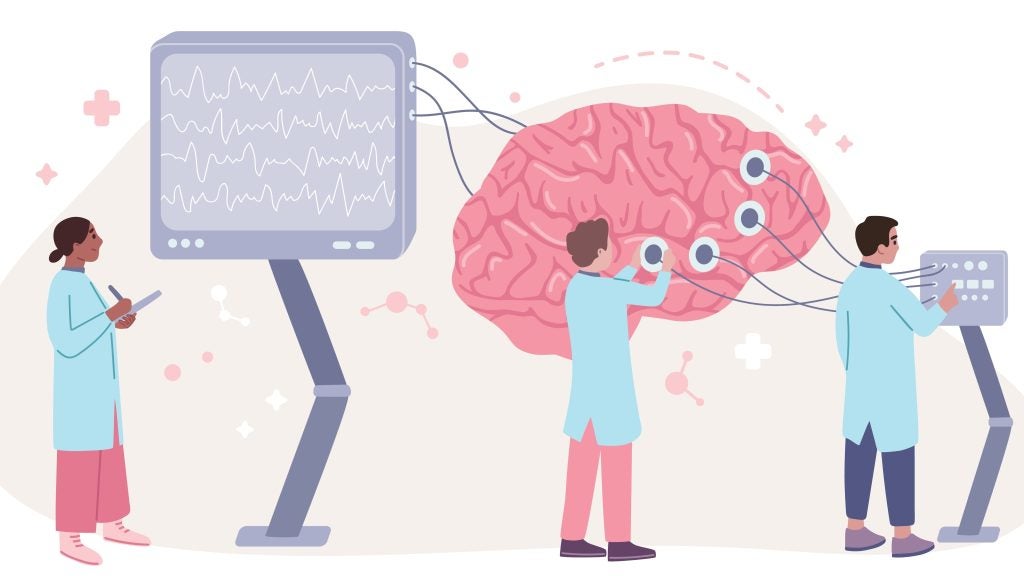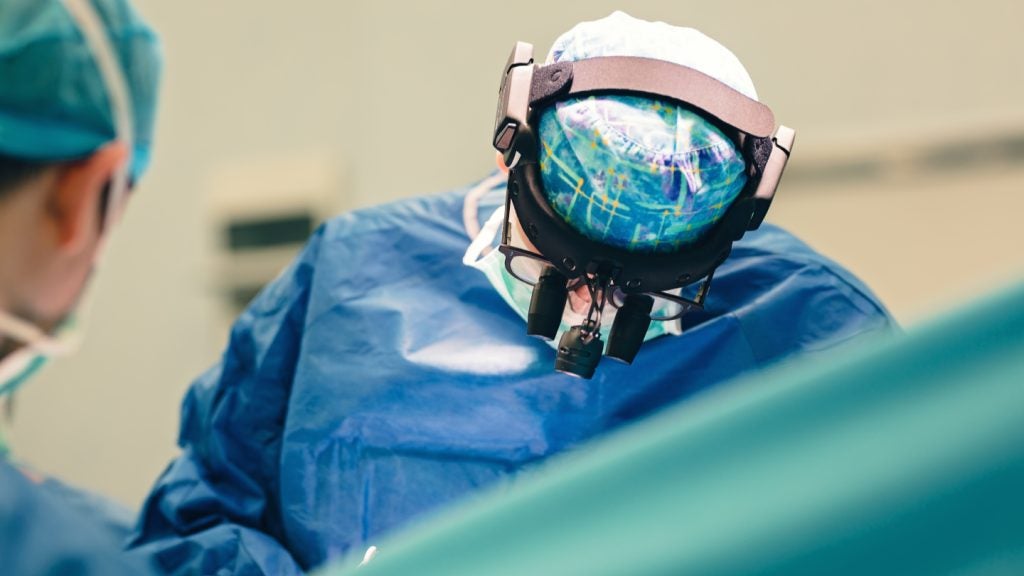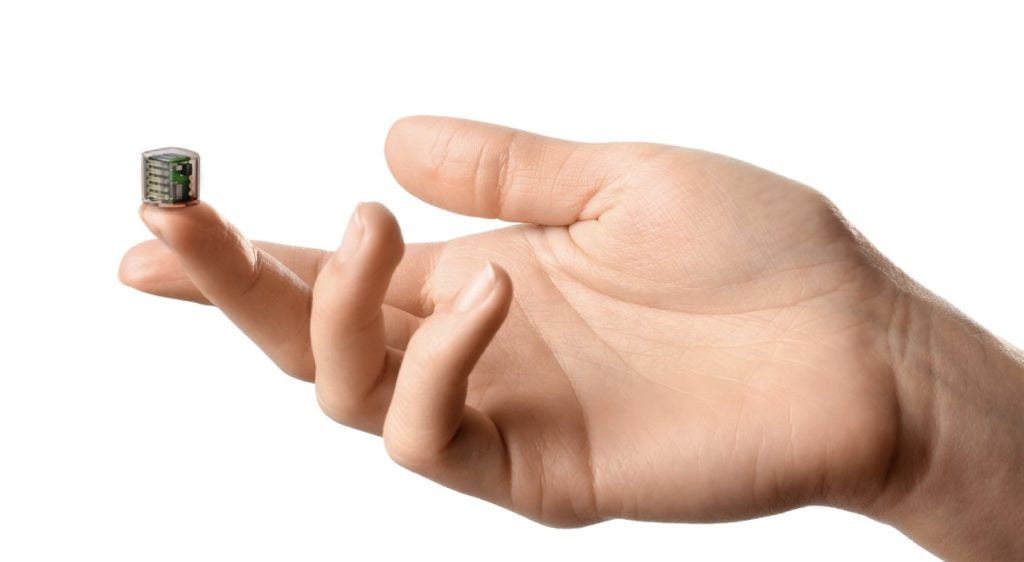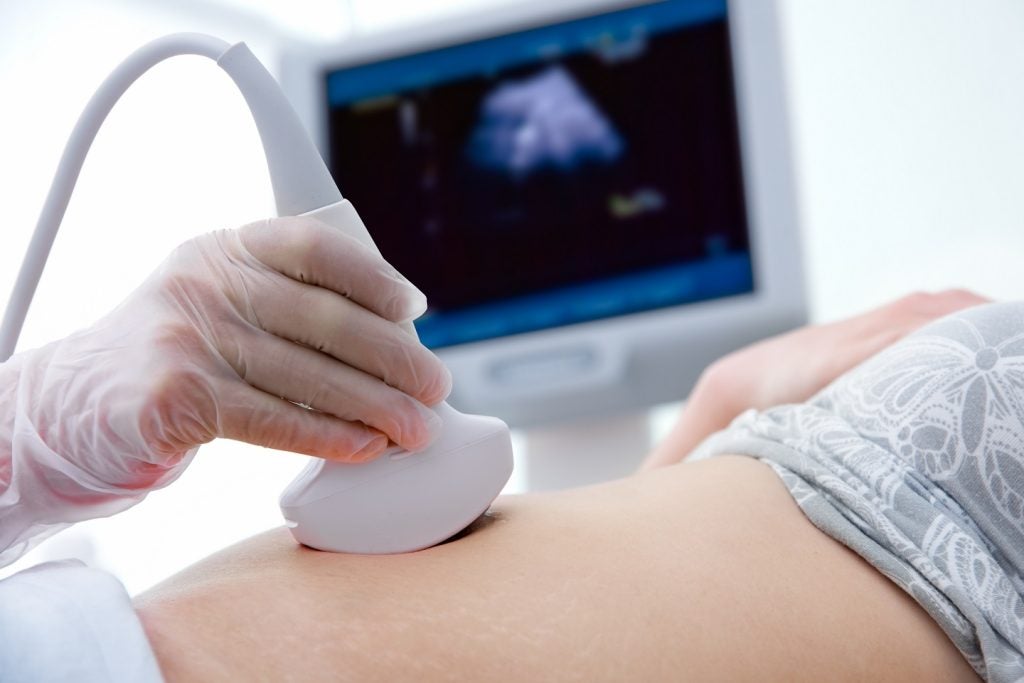US-based Gate Neurosciences has partnered with Beacon Biosignals to use EEG biomarkers in developing its neuropsychiatry and cognition clinical pipeline.
As part of the collaboration, the Phase II trial investigating Gate’s zelquistinel will use Beacon’s Dreem 3S headband device and neuro biomarker platform to conduct exploratory EEG and sleep analyses in patients with MDD. The trial is expected to start in mid-2024.
Zelquistinel is an oral N-methyl-D-aspartate (NMDA) receptor modulator. The drug was first discovered by Naurex, which was acquired by Allergan (now part of AbbVie). In September 2022, Gate licensed the drug from AbbVie alongside other compounds including apimostinel and rapastinel.
Beacon’s Dreem 3S is a wearable headband that uses integrated machine-learning algorithms to help acquire EEG data from the brain for monitoring sleep architecture and assisting in disturbed sleep diagnosis. The device can be used to record EEG data at home for up to 24 hours. It received 510(k) clearance from the US Food and Drug Administration (FDA) in September 2023.
In November 2023, Gate reported positive data from the Phase I EEG biomarker study of its other NMDA receptor modulator, apimostinel. Quantitative EEG (qEEG) analysis showed a dose-dependent increase in pharmacodynamic biomarkers of NMDA receptor activation compared with placebo after IV administration, adjusted from baseline, at all evaluated time points. Furthermore, qEEG dose response was consistent with antidepressant efficacy observed in a prior proof-of-concept clinical study and validated the similar qEEG biomarker observations with zelquistinel in prior clinical studies.
Wearable technologies have seen high growth in recent years. As per a GlobalData report, the market size of wearable technology in the medical sector in 2023 is projected to exceed $100bn and is expected to grow at a compound annual growth rate of 15% up to 2030.
Another company developing EEG wearables is Cumulus Neurosciences. The company’s dry-sensor EEG headset received 510(k) clearance from the US FDA in May 2023. The device can be used for both home or clinical settings and without specialised support.















